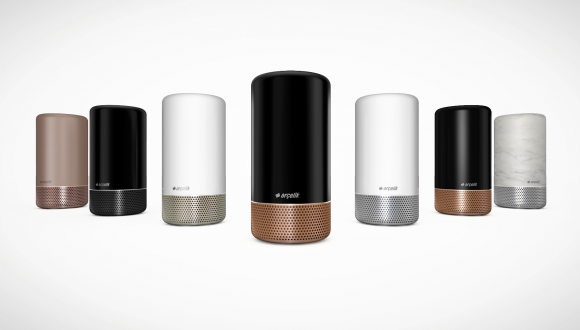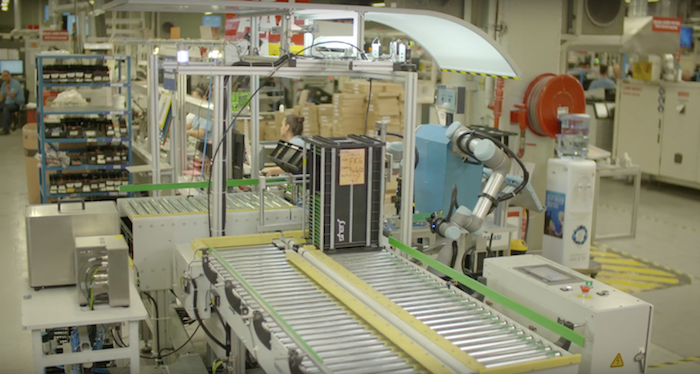Being in the technology business gives me a chance to talk to many creative people daily. These conversations usually float towards hot topics in technology and recent advances in science. Sometimes though, these conversations take a rather different turn and we end up talking about the technology from the past, and we do it in a sort of nostalgic way. These types of conversations make me realize that we attach feelings to “emotionless” things, such as cassette players and gramophones. Nothing wrong with that, it is what people do, after all, we relate our emotions to the context rather than the object. It just happens so that those “emotionless” things were part of the context we enjoyed at some point in our lives.
Looking at the technological development starting from the invention of the phone up until today; when we have Industry 4.0, wearables, and AI, it is obvious that the acceptance, adaptation and ultimately, the success of any of these technologies is strongly related to:
– How well they are designed to fit in a context relating to our lives.
– How transparent the barrier between technology and people that use that technology is.
I personally pursue the answers to those questions as a part of the company that is creating technology for the future — technology for the people. The erosion and maybe the complete disappearance of the ‘human-technology’ barrier is one of the most crucial factors for the success of a particular technology.
I will try to support this thesis with examples;
Smart Assistant

Arçelik’s Smart Assistant “Asista”
An obvious example is
the smart assistant
made of complex technology subsystems that are the result of long years of R&D. The real success of these technologies is the combination of being able to listen, understand, and respond to help people in everyday situations. The boundary between people and technology is wiped out with the humanization of electronics and software inside of smart assistants as well as a human-centered design that allows them to quickly become our personal assistants.
Linux as Open Source Project

Linux, without a doubt, is the most successful open source project and catalyzer of so many other technologies. While most of the business models base the human interaction on economic motivation and competitive compulsion to drive growth, different models such as open source, which promotes non-competitive social collaboration, exist.
So how did one such collaboration give rise to an operating system that underlines so many great technologies today?
Well, developers and managers came together and were motivated to nourish their need to share, to give, to receive, and act wholeheartedly. The created technology was merely a result of that. Creating Linux was more about people than about technology.
IoT and AI

Arçelik Atölye 4.0
The last example is about how “Internet of Things” and “AI” are eroding the ‘human-technology’ barrier. IoT transforms the interaction between people and things through the power of ubiquitous connectivity. People share the data about their individual preferences with technology that is equipped with AI. The AI understands the individual preferences, makes accurate predictions of the user’s needs, and most importantly, creates a personalized experience.
In the cycle of people, connected things, and AI, the technology is overshadowed by a final result, the human–centered experience.
This cycle also exists in the industry where “IoT” and “AI” team up to understand the pattern of usage of a particular system and put forward procedures to adapt system design accordingly.
Concluding Thoughts
With developments in IoT and AI, the traditional approaches in product design, where people were just the users of the system, are being challenged. Product design is being pushed towards a more
“people centric” approach. Systems of the near future will be deeply embedded into society and will eventually start to play roles that exceed the limits of human intellectual capabilities. The three examples I provided are about the erosion of the ‘human-technology’ barrier as one of the most crucial factors for the success of a particular technology. I’ve chosen these examples to begin with and plan to give more of them as we progress with this blog series.


 TR
TR 

The Erosion of
People-Technology Barrier